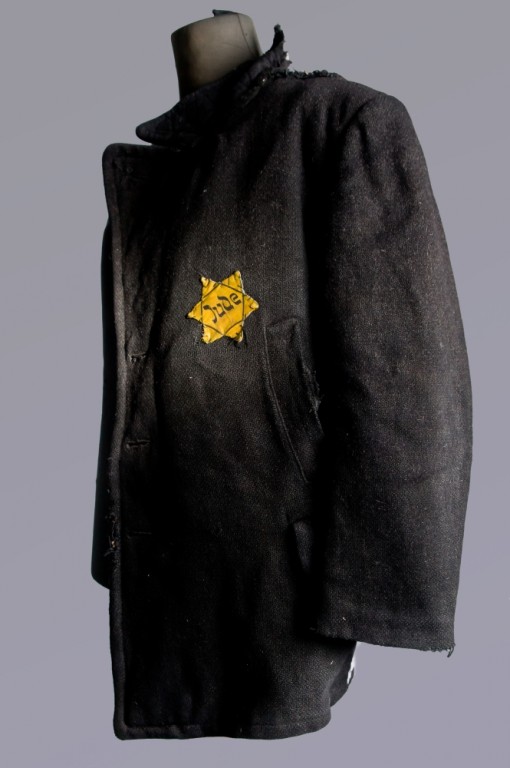Summary | Excerpt | Reviews | Beyond the Book | Read-Alikes | Genres & Themes | Author Bio

One Man, an Underground Army, and the Secret Mission to Destroy Auschwitz
by Jack FairweatherThis article relates to The Volunteer
 The Auschwitz-Birkenau concentration camp (the setting of Jack Fairweather's riveting history The Volunteer) was liberated by the Soviet Army on January 27, 1945. In 1946, Poland's Ministry of Culture and Art recognized the need to preserve the site of so much horror for memorial and educational purposes, and set to work on a museum. Delegates from the Jewish Historical Commission advised, and the facility, while still under construction, began admitting the public in June of 1947.
The Auschwitz-Birkenau concentration camp (the setting of Jack Fairweather's riveting history The Volunteer) was liberated by the Soviet Army on January 27, 1945. In 1946, Poland's Ministry of Culture and Art recognized the need to preserve the site of so much horror for memorial and educational purposes, and set to work on a museum. Delegates from the Jewish Historical Commission advised, and the facility, while still under construction, began admitting the public in June of 1947.
Today, the museum and memorial at Auschwitz (which encompasses both Auschwitz I and Auschwitz II-Birkenau, situated just under two miles from one another) serves a vital role in educating the public about the atrocities of the Nazis—a stark reminder of the ultimate consequences of extreme nationalism and white supremacy as these prejudices creep back into global discourse. Auschwitz saw a record number of visitors in 2018, at 2.15 million (about 50,000 more than in 2017), and the museum's website received 27 million page views.
In-person visitors can view collections of the prisoners' belongings, including shoes, suitcases eyeglasses, and even sketches of the camp. These quotidian objects provide a poetic resonance; they are symbols of the ordinary lives of these individuals before they were savagely rounded up and imprisoned and/or murdered. The collection also includes items related to camp operations, from prisoner uniforms to bunk beds and registration cards.
The museum holds academic seminars and conferences, and other events of remembrance and public education. On January 27, 2019, 50 Holocaust survivors met at Auschwitz on the 74th anniversary of its liberation to share their memories, and also to remind the world of the dangers of the ideologies that spawned the camp and its barbarity. One participant declared, "I feel great pain and bemoan that in many European countries...people march with impunity in uniforms similar to those of the Nazi...openly call themselves Nazis and identify with Nazism...Acknowledging Nazism today is undoubtedly defining oneself as a murderer and perpetrator of genocide."
Collections are often sent out on loan to other museums; in May 2019, an Auschwitz exhibit opened in New York City's Museum of Jewish Heritage. The exhibit features over 700 artifacts from the camp, including possessions of both the victims and the perpetrators and will be on display until August 2020. It is intended to document Auschwitz as a place of genocide, but also "as a symbol of the limitless expression of hatred and human cruelty."
For those who cannot visit the museum or one of its traveling exhibits, the Auschwitz website offers a virtual tour, featuring 200 panoramic photographs of the camp, along with pictures of objects from the collection, historical documents and accounts from survivors.
Jewish person's jacket with the mandatory Star of David, courtesy of Auschwitz-Birkenau Memorial and Museum
by Lisa Butts
Filed under Places, Cultures & Identities
![]() This "beyond the book article" relates to The Volunteer. It originally ran in July 2019 and has been updated for the
June 2020 paperback edition.
Go to magazine.
This "beyond the book article" relates to The Volunteer. It originally ran in July 2019 and has been updated for the
June 2020 paperback edition.
Go to magazine.
Too often we enjoy the comfort of opinion without the discomfort of thought.
Click Here to find out who said this, as well as discovering other famous literary quotes!
Your guide toexceptional books
BookBrowse seeks out and recommends the best in contemporary fiction and nonfiction—books that not only engage and entertain but also deepen our understanding of ourselves and the world around us.